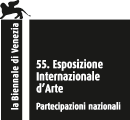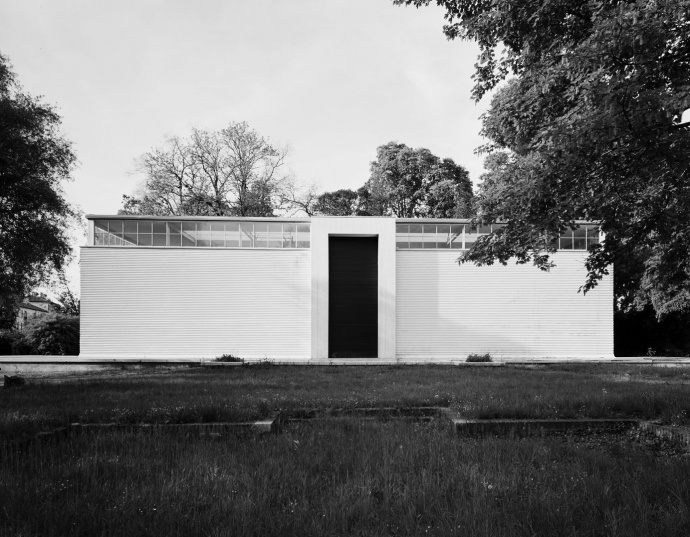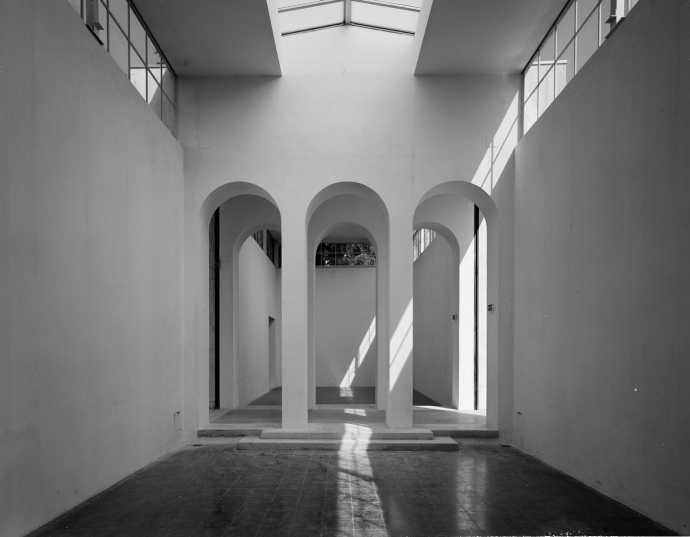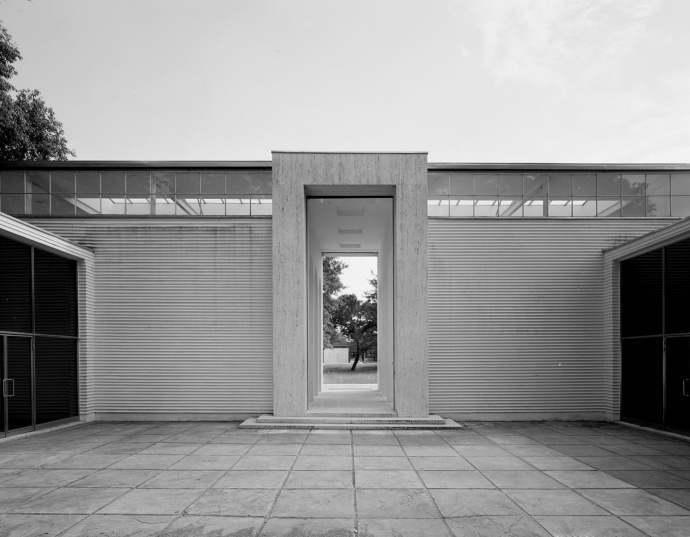The first International Art Exhibition was held in Venice in 1895. All fourteen participating countries shared the Central Pavilion as a common exhibition hall. With the inauguration of the Belgian Pavilion in 1907, followed by those of Germany, Great Britain and Hungary in 1909, the establishment of individual national pavilions at the Giardini della Biennale began.
Austria expressed its intention to build its own national pavilion in 1910, following which plans were drawn up and precise information regarding the building site and construction costs were obtained. The initiative was interrupted by the outbreak of the First World War. Following the resumption of the Biennale in 1920, Austria continued to exhibit in the Central Pavilion.
In 1932, Germany decided not to participate and Austria was given permission to use their empty building as its own national pavilion.



